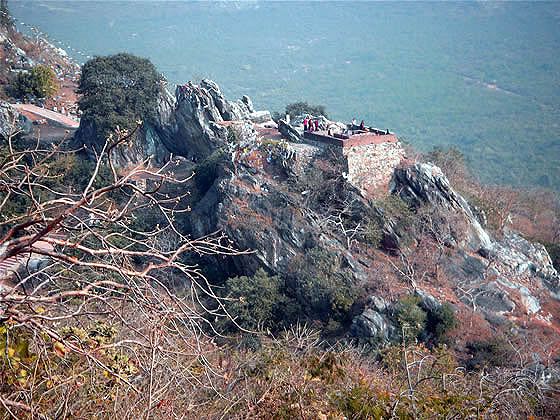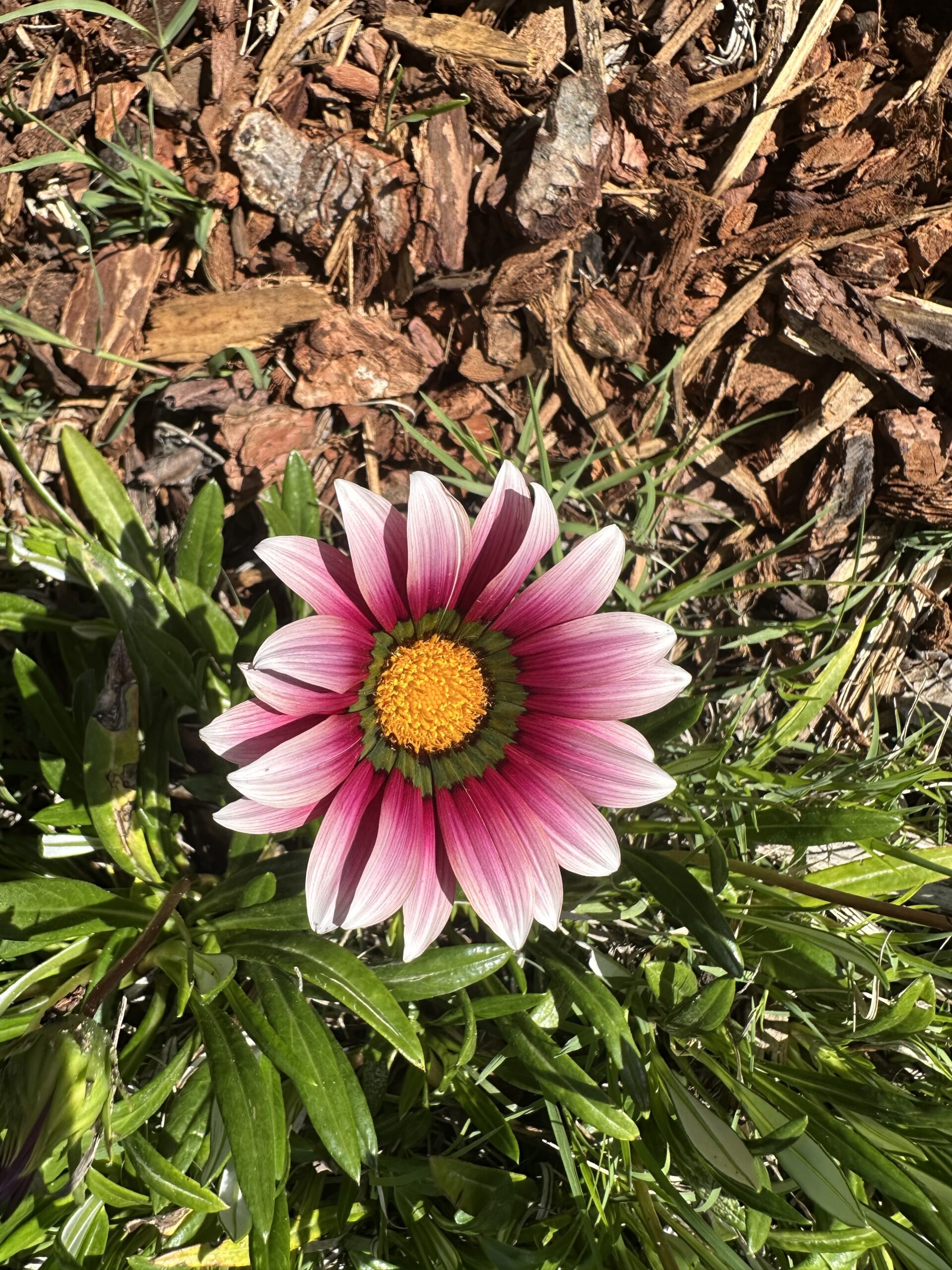
At our class discussion on August 24, 2024, we discussed the second and third sentences from the Prajna-Paramita Heart Sutra: “Sariputra, form does not differ from emptiness; emptiness does not differ from form. Form is emptiness; emptiness is form.” Several questions and various opinions were expressed concerning various Hinayana and Mahayana teachings on the matter. They included how and what Shakyamuni Buddha taught concerning this. There were differing opinions on what H.H. Dorje Chang Buddha said about Shakyamuni’s different teachings and why He taught as He did. We did cover this in an earlier course on Expounding the Absolute Truth through the Heart Sutra along with the basis used by the Buddha Master in expounding this sutra. I am including questions #363-#369 and the answers given in the preliminary translation we have of Expounding the Absolute Truth through the Heart Sutra–the Title from Lesson 6D-“Sutra”. I am including this to provide background material for our continuing class on the Heart Sutra along with reposting the video I did on the “Evolution of Buddhism” which shows a graphic depiction over time of the different sects and traditions, time periods, and major patriarchs and matriarchs involved.
What are the five time periods of Shakyamuni Buddha’s teaching?
“His teaching is divided into five periods. There are five time periods. The first period of His explication of Dharma is the Avatamsaka (Flower Garland) Period. . . The second period is the Agama Period in which He hid Mahayana teachings and expounded Hinayana teachings. The third period is the Vaipulya (largeness, spaciousness, or breadth) Period in which He guided living beings from Hinayana teachings into Mahayana teachings. That is, there was a change in the level of the Dharma. The fourth period is the Prajna Period in which He turned the earlier partial teachings into complete teachings. The fifth period is the Dharma Flower (Lotus) and Nirvana Period in which He expounded teachings through expedient means to reveal reality.“
“In general, those are the five periods of the Buddha’s explication of the Dharma. I will give a simple summary of those five periods. The Buddha first expounded Hinayana teachings and the accomplishments of Arhats. He then expounded expedient Dharma methods. He expounded Mahayana teachings last, which also involved expounding variations of Mahayana teachings. He expounded the esoteric Dharma. The most profound and marvelous Dharmas are not spoken or written down. Rather, they are transmitted one-to-one from master to disciple, like the State-Practice and Enlightenment-Practice parts of The Supreme and Unsurpassable Mahamudra of Liberation.”
Why did He teach the Hinayana?
“His teachings revealed that the Mahayana is opposed to the Hinayana and how it is opposed. Do you know that? Although His teachings revealed how incorrect the Hinayana is, nonetheless, it must serve to provide guidance. This is just like when you want someone to learn the Buddha Dharma and cultivated power well. You should not first say to him, ‘You should learn from Buddha. You should act for the sake of living beings. Do not be selfish. If you are selfish, Buddhas and Bodhisattvas will not save you. Your money should be donated to generate merit.’ Upon hearing this, he will be taken aback and will not learn. He will think, ‘My salary is so little. I just make 100 to 200 RMB a month. If I donate it to generate merit, how will I be able to eat after doing that? Why didn’t that person ever say that my learning Buddha Dharma will bring me some added benefits?’ That is how he will think. Do you understand?”
“Therefore, you should use a method that is skillful when talking about the Dharma to him, pointing out to him how his karmic reward of good fortune will increase by learning Buddha Dharma. However, such increase in good fortune is true. You would not be speaking recklessly to him. You should wait until sometime in the future to tell him how to be charitable. At that time, he will already have reached the state where he knows that such suggestion by you is very good.“
So, what did He teach the Hinayana students?
“Thus, the Buddha separated Mahayana and Hinayana and the variations and contradictions between them, expounding such Dharma in several segments. He taught the Mahayana and Hinayana and the variations and contradictions between them. Take, for example, the Hinayana. The Buddha taught others how they themselves end cyclic existence, how they themselves accomplish liberation, what happiness they themselves can gain, how they themselves apply supernormal powers, and how they themselves generate shape-shifting. Later, when the Buddha taught the Mahayana, He told others that they should not be like that, that they should save living beings, emphasize the interests of living beings, value the interests of other people, always consider living beings, and arouse great bodhicitta. He told them that they should not only cut off self-attachment, they should even abandon attachment to Dharma. He told them that they should live for a long period of time in this saha world, that they should not all leave this saha world, for if they did all leave, there would be no one to save living beings. He encouraged them to be like Bodhisattvas, who do come to this saha world. Do you understand? He taught them that they are able to save living beings only after they themselves have accomplished liberation, that they should not save living beings while they are still on the road to liberation, that they should not recklessly save living beings because only those who have the requisite karmic connection can be saved. The Buddha taught all of these as well as other methods. That is how it was.”
Why did He teach in this manner?
“So, if you tell someone who has just begun to learn the Dharma that he should save living beings and act for the benefit of others, he will think, ‘If I do everything for others, if all I do are for others, what could I do for my own family?’ That is why different methods have to be used in teaching others the Dharma.”
How does the “Chapter of the Conjured City” in the Lotus Sutra explain the contradictions in the teachings of the Hinayana and the Mahayana?
“An example of this is the ‘Chapter of the Conjured City’ in the Lotus Sutra. The Buddha told His disciples that the World of Ultimate Bliss was right ahead and that they would soon arrive there! Shakyamuni Buddha told them to walk quickly and not be lazy. All of His disciples were so tired that they could hardly walk. They then saw before them what appeared to be a real city very far away. It truly was extremely beautiful and wondrous. It turned out that the Buddha manifested a city at that place. Those disciples ever so slowly made their way there. After they arrived there, they discovered that it was an extremely good place indeed. Each of them spread open their bedroll. Each of them found a home in which to live. They thought, ‘We were right. We have accomplished liberation. We have finally accomplished liberation. After making such great effort, this day has come at last.’”
“After they had rested enough, the Buddha told them, ‘Quickly get up, summon your energy, and follow me to forge ahead. Why do we have to forge ahead? This place is not a place of liberation from birth and death. This place is called a conjured city.’ The Buddha wanted to guide living beings step by step to the highest state, to complete liberation and great enlightenment, to a state united with the universe and with the same longevity as the sun and moon. Such is that state. Do you understand? That is why He did that.“
How long did Shakyamuni Buddha teach and how many of those years were devoted to teaching Prajna?
“The Heart Sutra was spoken during the fourth period of the Buddha’s teaching. The time period during which He explained prajna was twenty-two years. You see, the Buddha expounded the Dharma for forty-nine years, twenty-two years of which He spent teaching prajna. Think about this. Is prajna important? During His life the Buddha expounded numerous Dharmas. There is the White Dragon Tripitaka. However, He spent an entire twenty-two years on prajna. This is also the longest of the five time periods during which the Buddha spoke the sutras. The Buddha expounded all together eight divisions of prajna. The Heart Sutra incorporates mahaprajna, or great prajna, and is the essence of the larger version called the Maha-Prajna-Paramita Sutra. This sutra incorporates the essence of the larger version of the Maha-Prajna-Paramita Sutra. It is the essence of the core of the sutras, the essence of the heart.”
What authority did the Buddha Master use in explaining the Heart Sutra?
“The ancient virtuous ones explained this sutra in many different types of discourses based on their different insights and understandings and their different methods of analogizing. Those ancient virtuous masters, those eminent monastics and persons of great virtue explained this sutra in very many ways. Their expositions are many. You can read numerous commentaries on the Heart Sutra. Today I will reference the collection of sutras by the Tathagata. Regarding my exposition of Dharma today, I will reference the collection of sutras by the Tathagata as well as writings left behind by masters and ancient virtuous ones of prior generations. Moreover, based on the little bit of true insight that I myself have attained, my exposition will merge all of these into one truth, dispelling extreme views and including correct interpretations.”
“I did not consult only what the Buddha said. I will merge teachings from different sources into one whole in my exposition to all of you. To put it candidly, I will truthfully apply the insights I have realized and will make use of the Dharma spoken in the sutra collection and truths contained therein so as to express the absolute truth to all of you in my exposition. These are my truthful words to all of you. It will not simply be based on what others have said or on what I read in books written by others; rather, it will be based on my own state of realization.”
CLICK for link to related August 24, 2024 article.
CLICK for link to related January 10, 2025 article.





Add comment